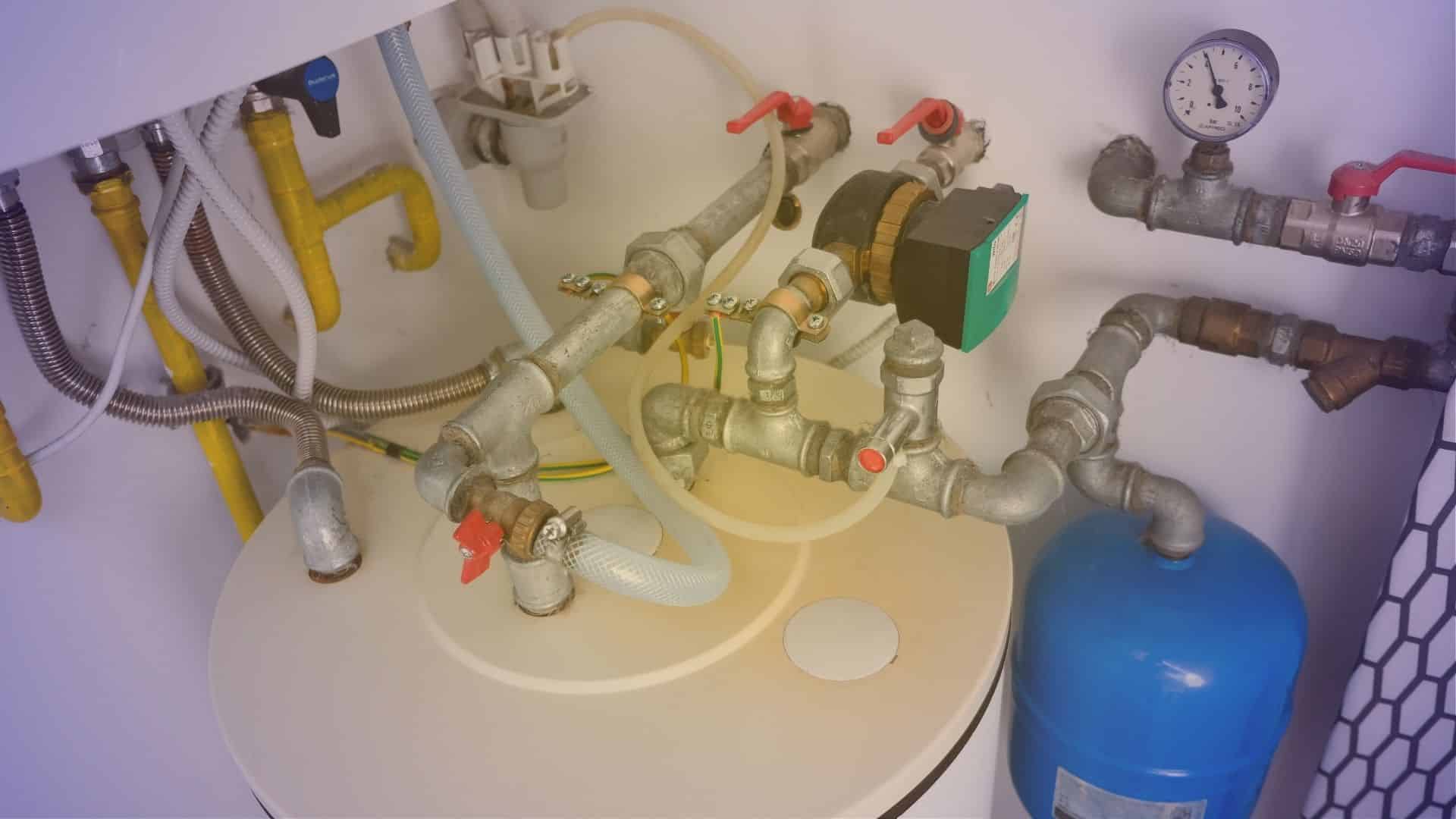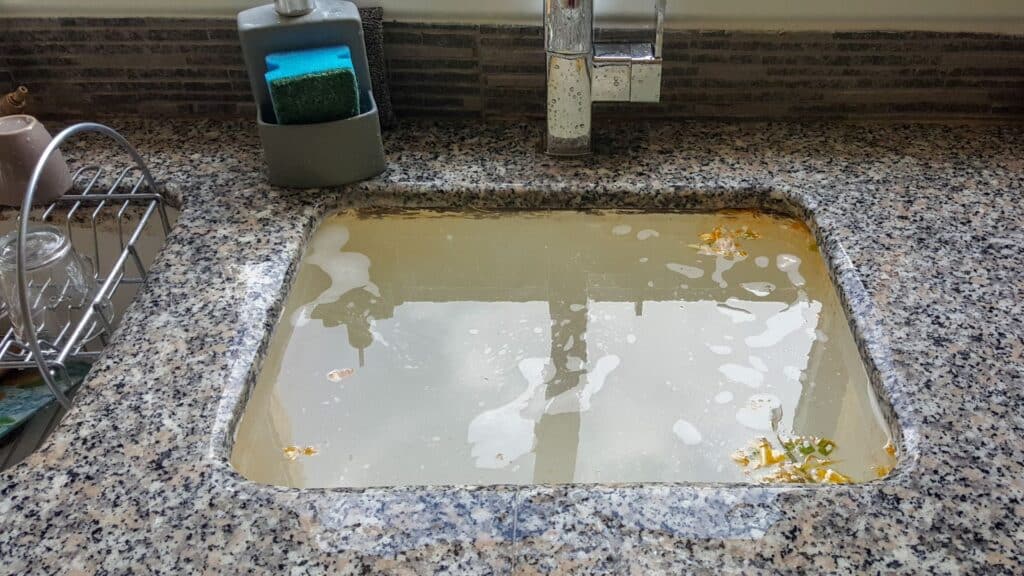When you turn on the tap and hot water flows out, you probably don’t think twice about how it got there. But inside every traditional hot water tank, there’s a small but important part called the dip tube that makes it all possible. This simple piece helps distribute cold water properly so your system can deliver hot water where and when you need it.
Whether you’re a homeowner dealing with water heater repair or someone considering a hot water tank installation, this guide will help you understand why dip tubes matter.
What Is a Dip Tube?
A dip tube is a long plastic or metal pipe located at the top of a storage tank water heater. Its job is to carry cold water from your home’s main water supply down to the bottom of the tank. Why the bottom? That’s where the heating elements or burners are located in most electric water heater or gas systems.
Without the dip tube, cold water would enter at the top, mix with hot water, and cause uneven water temperature. That would mean lukewarm showers, lower system efficiency, and frequent water heater repair calls.
How Dip Tubes Help with Hot Water Distribution
As cold water enters the tank, the dip tube ensures it sinks to the bottom. There, it gets heated and rises naturally to the top of the tank, ready to be sent to your faucets. This process creates a steady cycle of heating and distribution. Here’s a simplified breakdown:
- Cold water enters the tank through the dip tube.
- It is directed to the bottom of the tank.
- Water is heated by gas or electricity.
- Hot water rises and exits through the hot water outlet pipe.
This efficient cycle is what gives you quick access to hot water while conserving energy and improving performance.

What Happens When the Dip Tube Fails?
If the dip tube breaks, cracks, or disintegrates (as can happen over time with plastic models), the system can no longer deliver hot water efficiently. Instead, cold water mixes with the heated water near the top of the tank, causing you to experience:
- Fluctuating water temperatures
- Running out of hot water quickly
- Sediment or plastic particles in your faucet screens
- Reduced energy efficiency
These are clear signs that your tank may need inspection or water tank repair. A faulty dip tube doesn’t just affect comfort; it reduces the lifespan of your heater and can drive up energy bills.
Dip Tubes and Water Heater Maintenance
Dip tubes typically last 10–15 years, but their lifespan can vary depending on water quality and material type. As part of regular maintenance, a technician should inspect the dip tube for signs of wear or mineral buildup. Replacing a dip tube is often a simple and cost effective repair.
Routine checks can prevent larger problems and help extend the life of your hot water tank, reducing the need for early hot water tank replacements.
Dip Tubes in Tankless Water Heaters
While traditional storage tank water heaters rely on dip tubes, tankless water heaters work differently. Instead of storing hot water, a tankless system heats water on demand as it flows through the unit.
This means there’s no need for a dip tube because there’s no tank to fill.
Tankless units tend to be more energy efficient and compact, offering a great long-term option for homeowners looking to reduce energy bills and save space. However, they also come with higher upfront costs and different repair services than tank models.
Choosing the Right Type of Water Heater
If you’re deciding between storage tank water heaters and tankless water heaters, consider the following:
| Feature | Tank Water Heater | Tankless Water Heater |
|---|---|---|
| Hot water storage | Yes | No (on-demand) |
| Dip tube required | Yes | No |
| Lifespan | 10–20 years | Up to 20 years |
| Energy efficiency | Moderate | High |
| Size | Large tank | Compact unit |
| Maintenance | Annual recommended | Regular flushing needed |
For larger households or homes with high water usage, a traditional hot water tank might make more sense. For energy-conscious or smaller homes, a tankless system offers better long-term savings.
Other Key Internal Components
While the dip tube plays a central role in water distribution, other internal parts also impact performance:
- Anode rod: Prevents corrosion and protects the tank lining.
- Heating elements: Heat the water via gas or electricity.
- Thermostat: Monitors and adjusts water temperature.
Together, these parts keep your system working efficiently. A failure in any component, including the dip tube, can result in the need for water heater repair.
When to Call for Water Tank Repair
If you’re noticing uneven temperatures, sediment buildup, or your hot water tank isn’t keeping up with demand, don’t wait for a full system failure. Reach out to a professional for inspection and diagnosis.
Addressing minor issues early is more cost effective than waiting for a complete breakdown. Also, if your current system is over 15 years old, it may be time to consider a hot water tank replacement for better energy saving and performance.
Understanding your Hot Water Tank
The dip tube may not be the first part you think of when it comes to hot water tanks, but it’s one of the most important. This small pipe ensures that cold water is directed to the right place so you can enjoy steady, reliable hot water at every tap.
Whether you’re dealing with running out of hot water, planning a hot water tank installation, or exploring tankless water heaters, understanding how dip tubes work can help you make better decisions about your home’s plumbing system.
With proper care, water heater maintenance, and timely repair services, your system can last up to 20 years, keeping your home warm, efficient, and comfortable all year long.







